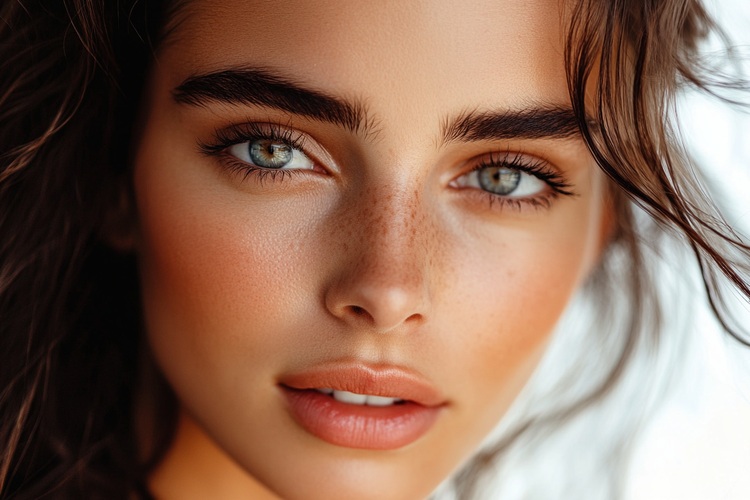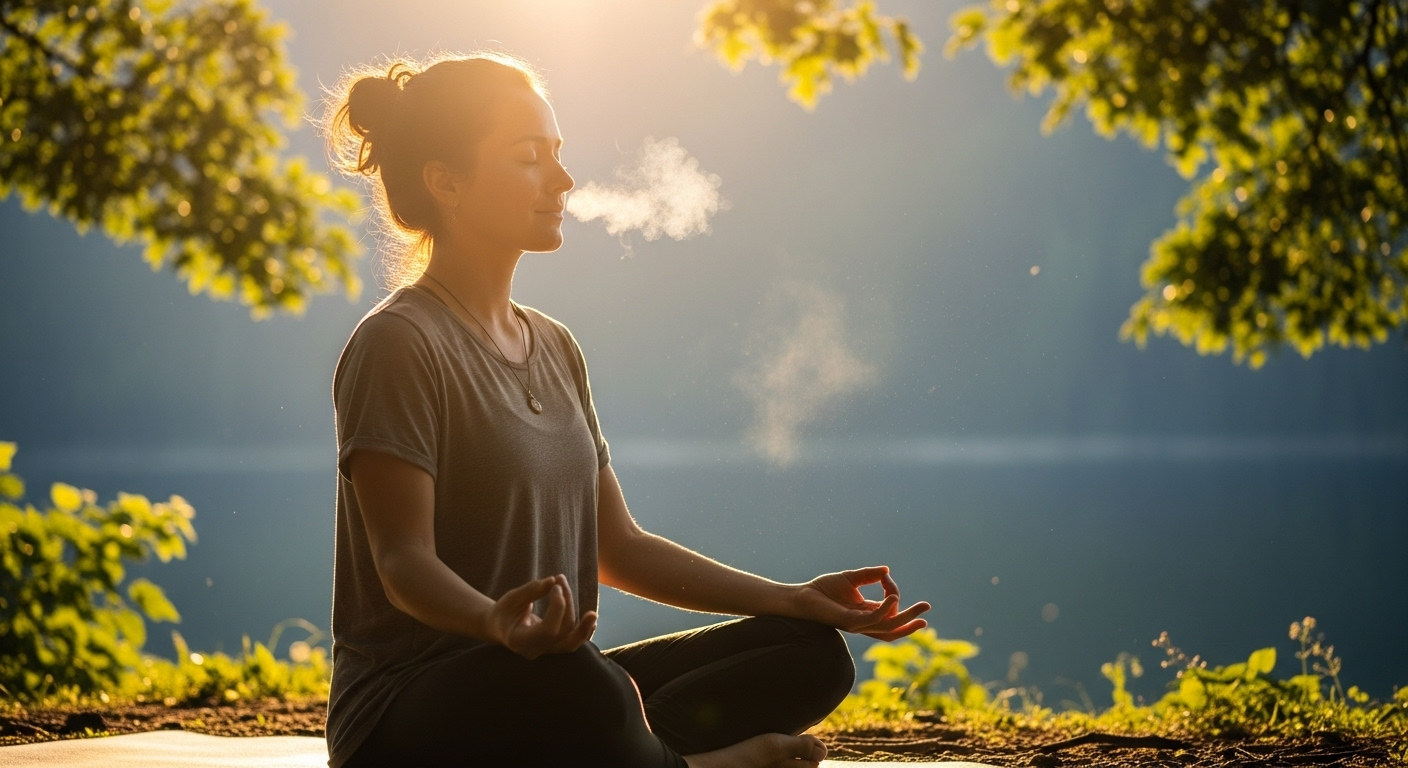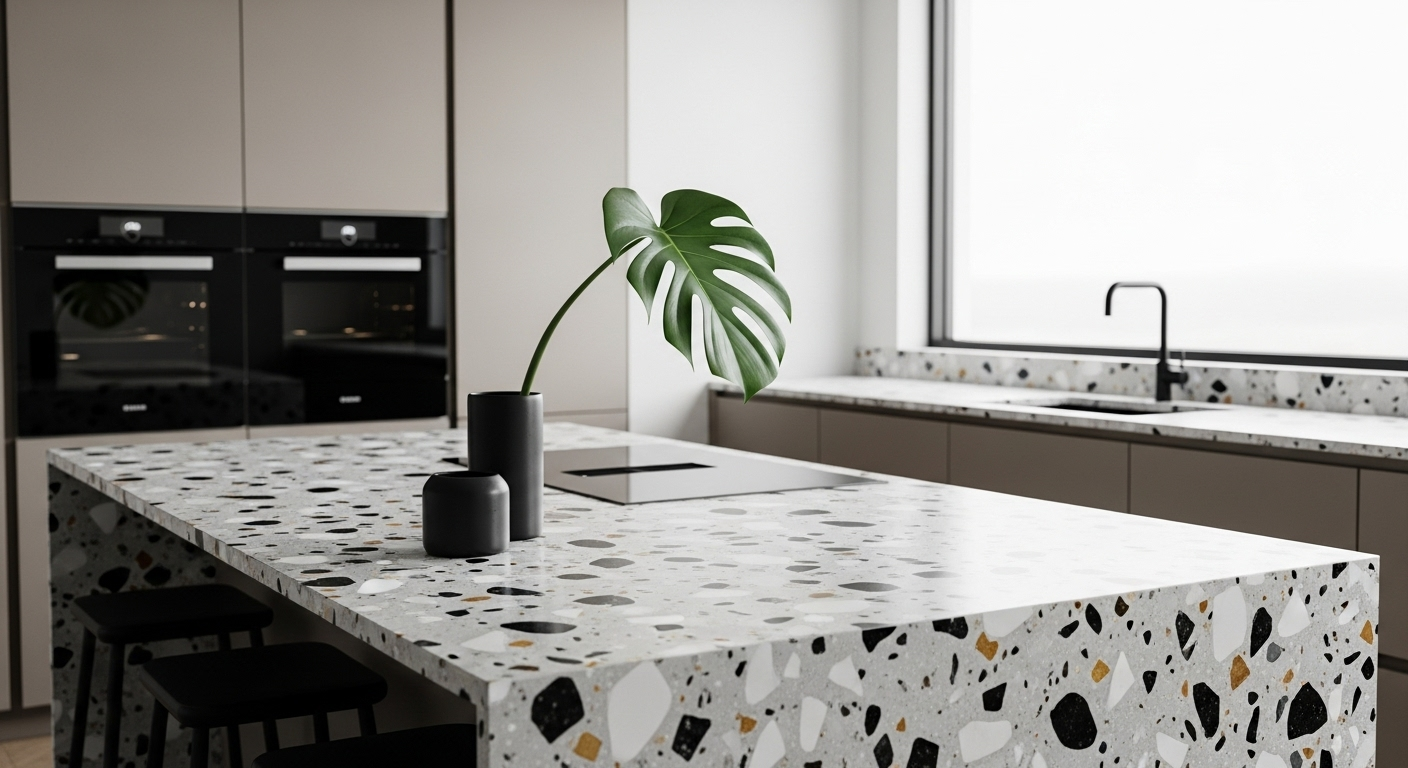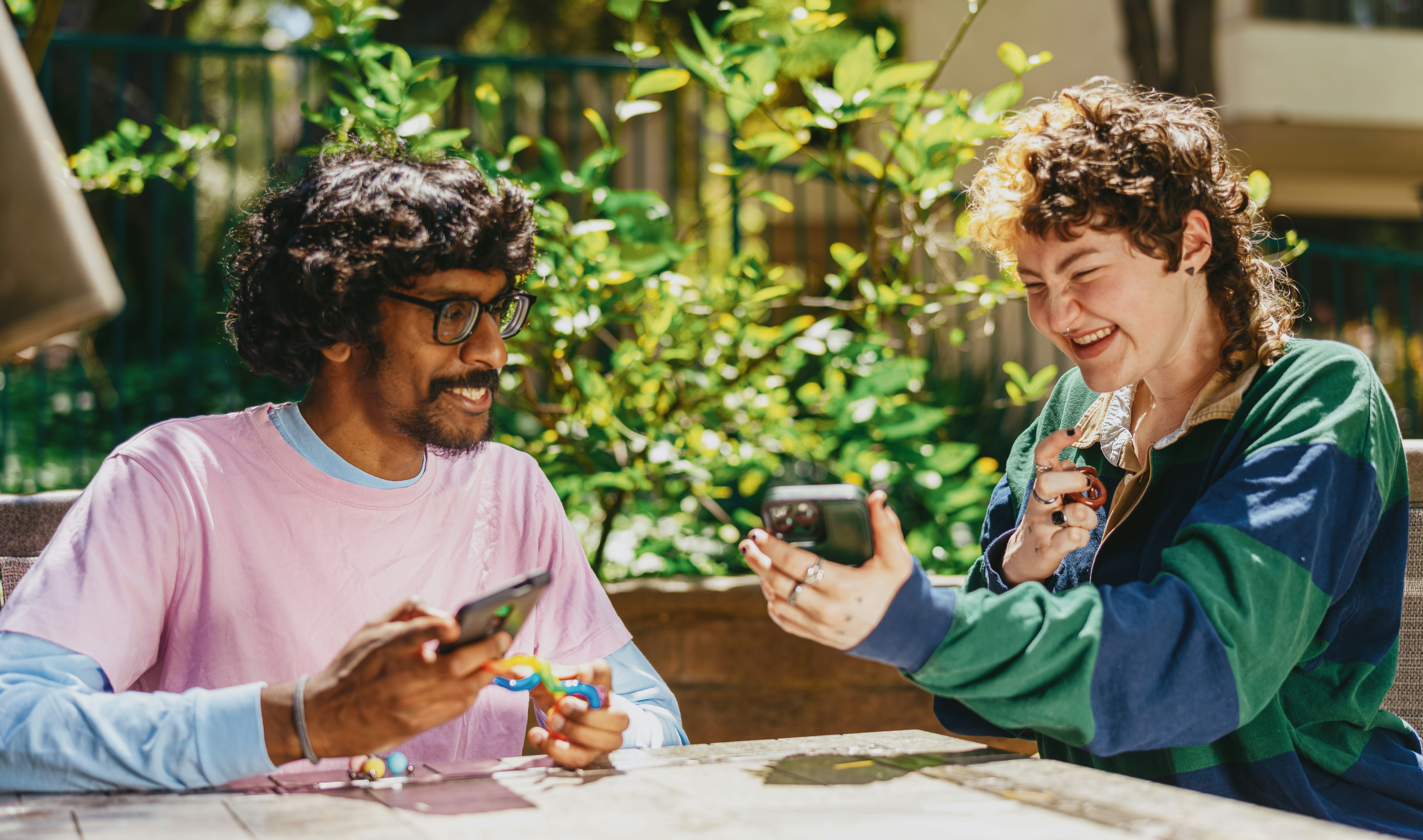The Multidimensional Beauty of Makeup Artistry: An Exploration
Makeup artistry, a form of beauty that has been explored and developed throughout history, continues to evolve and captivate audiences worldwide. The transformative power of makeup, as an art form and a tool of self-expression, has made it an integral part of culture and society. From the ancient Egyptians who used makeup for ritualistic and aesthetic purposes to the contemporary makeup artists who use it as a medium of creative expression, this art form has been a constant yet evolving presence in human societies. This article delves into the multifaceted nature of makeup artistry, exploring its historical context, current relevance, trends, impact, reception, and unique insights.

Makeup Artistry in Historical Context
The historical narrative of makeup artistry begins with ancient civilizations. In ancient Egypt, makeup was not only a tool of beautification but also a symbol of status and religious beliefs. Kohl, a mixture of soot and other ingredients, was used to line the eyes, believed to ward off evil spirits and protect the eyes. In ancient Rome, makeup was used as an expression of social standing, with pale skin symbolizing wealth and luxury.
In the 16th century, during the Elizabethan era, makeup took on a more theatrical role. Lead-based makeup was used to create a pale, dramatic look, reflecting the social ideal of beauty at the time. However, it was not until the 20th century, with the advent of cinema, that makeup artistry began to evolve into the form we recognize today.
Makeup Artistry Today: Current Relevance and Trends
Today, makeup artistry is a global industry, with its trends often reflecting societal changes and cultural shifts. The rise of social media platforms like Instagram and YouTube has democratized the world of makeup, allowing anyone to share their creativity and techniques. This has led to the emergence of new trends and the rapid spread of makeup styles across borders.
There is also a growing trend towards inclusivity in the makeup industry, with brands expanding their product ranges to cater to a broader spectrum of skin tones and types. This reflects an increasing recognition of diversity in beauty and the importance of representation.
Impact and Reception of Makeup Artistry
The impact of makeup artistry is far-reaching, transcending the realm of personal beautification. On one hand, it has been instrumental in defining cultural and societal norms of beauty. On the other hand, it serves as a platform for individuals to challenge these norms and express their unique identity.
The reception of makeup artistry is equally diverse. While it is celebrated as a form of art and self-expression, it has also been criticized for perpetuating unrealistic beauty standards. However, the growing recognition of makeup as a tool for empowerment and self-expression is shifting these perceptions.
Unique Insights into Makeup Artistry
One unique aspect of makeup artistry is its transformative potential. Makeup has the power to dramatically alter one’s appearance, enabling individuals to explore different facets of their identity. This transformative aspect is not just physical but also psychological, as makeup can boost confidence and self-esteem.
Moreover, the artistry involved in makeup application is often overlooked. Makeup artists are skilled professionals who combine their knowledge of color theory, anatomy, and technique to create their masterpieces. This creative process is a unique blend of science and art, making makeup artistry a truly multidimensional discipline.
Balancing Depth and Accessibility in Makeup Artistry
While makeup artistry is a complex field with its own set of skills and techniques, it is also highly accessible. The rise of online tutorials and beauty influencers has made makeup artistry more accessible than ever, allowing individuals to learn and experiment at their own pace.
However, the accessibility of makeup artistry should not diminish its depth. The art and science of makeup require a deep understanding of different skin types, facial structures, and color theory, among other things. As such, it is crucial to strike a balance between the depth and accessibility of makeup artistry to fully appreciate its beauty and complexity.
In conclusion, makeup artistry is a multifaceted form of beauty that has evolved over centuries. While it has been shaped by societal norms and cultural shifts, it remains a powerful tool for self-expression and creativity. The beauty of makeup artistry lies not only in its transformative power but also in its depth and accessibility, making it a truly multidimensional discipline.





